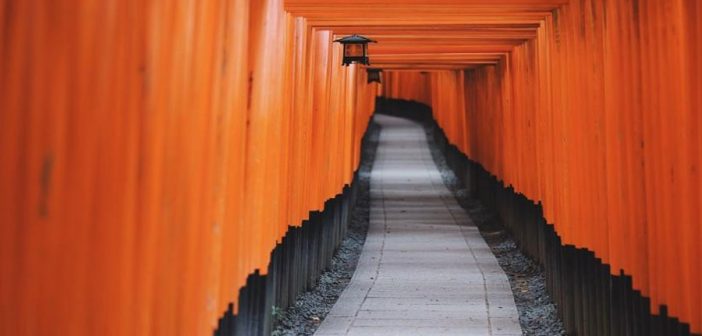Once we streamline the path to purchase, what’s left for experience designers to do? Vertical after vertical is undertaking a quantum leap, after seeing consumers go from merely buying products and services to buying the entire brand experience instead.
That means it’s no longer enough for experience designers to remove the friction from the purchase journey. Now, design must help companies undergo a new kind of holistic transformation: connecting people from different places and platforms to share a seamless experience that goes beyond the product.
We all know how it works when we see it working well: most obviously from the likes of Disney, Airbnb, Amazon and Nike. This is now the minimum requirement. An experience that’s simple, fluid, accessible and coherent — for buyers, sellers and users of all stripes. A smooth path to purchase or service. And here’s the imperative we’re talking about today: the experience must also be a tangible expression of the brand; one that is transferable both within and beyond the digital environment.
The shift to the experience economy over the past two decades is much documented, but too often viewed solely through a demographic lens focused on youth. The consensus is that millennial and Generation Z consumers are less focused on buying “things” but having experiences. The same applies to generations age 50 and over, where an attitudinal shift away from accumulating “stuff” to an overwhelming desire to focus on experiences and particularly shared experiences, notably travel, requires marketers and brands to acknowledge that price and functionality are not the only purchase drivers. But how is that reflected in digital design? And how does it vary for audiences around the world?
It is relatively simple to see that inherently experiential purchases like travel or entertainment demand that brands such as Royal Caribbean, Disney or UFC need to bring some of the magic and excitement of their physical experience to their online worlds. In travel (and big-ticket entertainment like concerts, Broadway shows or theme parks), that experience is often purchased a year or more in advance: an entirely different challenge. The task is not just to redesign a website but to re-imagine the brand’s eco-system. Witness how Netflix’s pleasing, easy-to-use interface meets subscribers wherever they are, on any device, with on-demand recommendations—and has rightly forced changes not only upon its entire competitive set but beyond the entertainment vertical as well.
“I’d like a Spotify for…” We know it’s not meant literally, but we understand the desire. Even utilitarian verticals must redefine the potential of their digital environments as millennials and Gen Z members disdain the complacency of so many legacy brands. Banking and health care are not travel and entertainment: the experience is not the end goal. Can the stress of paying an electric bill or hassle of sharing the cost of a restaurant meal be converted into a pleasant or even fun experience? Are there ways for patients to remotely solicit their doctors’ advice and eliminate the stress of appointments, while also helping doctors improve their practice in both quality of care and revenue? This is contemporary “holistic” experience design.
The new imperative is perhaps clearest in the crisis-hit vertical of brick-and-mortar retailers. How does incorporating new divergent forces like 5G, new digital payment systems and location-based software enable experience designers to rethink how retailers can blend their physical and digital environments? Not everyone can be a Nike or Lego, where consumption of the product is linked to fun and pleasure, but it is easy to forget that before the Apple Store, electronics retailers were Best Buy and now shuttered, forgotten chains.
At one end of the scale, the new experience design challenge is for digital platforms to ease the pain of the physical shopping experience – for example, by reducing the need for long lines to enable payment for small ticket items like cables and leads. But, at the other, there is a need to return some joy and wonder to the physical environment through digital disruption. Who does not relish trying the Amazon Go “pay free” experience?
Younger consumers are not as fixated with human interaction as boomers. They embrace artificial intelligence and are relatively content with robotic, impersonal advice, almost exclusively through their smartphone via email, text and other asynchronous messaging. It’s not just Gen X; digital natives are now hitting their 40s. The experience economy has moved beyond verticals that involve ‘making memories’ to touch all aspects of our lives. The ultimate challenge for experience designers is to connect ecosystems, capitalizing on the increased speed of personalized search, choice and transaction that mobile devices allow. Simply put, the experience economy demands that designers think holistically to create inspired and seamless experiences, on screen and beyond.
–
This article first appeared in www.smartbrief.com
Seeking to build and grow your brand using the force of consumer insight, strategic foresight, creative disruption and technology prowess? Talk to us at +9714 3867728 or mail: info@groupisd.com or visit www.groupisd.com


